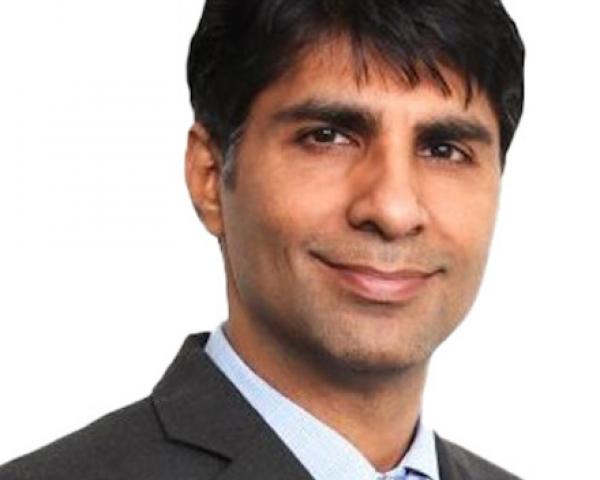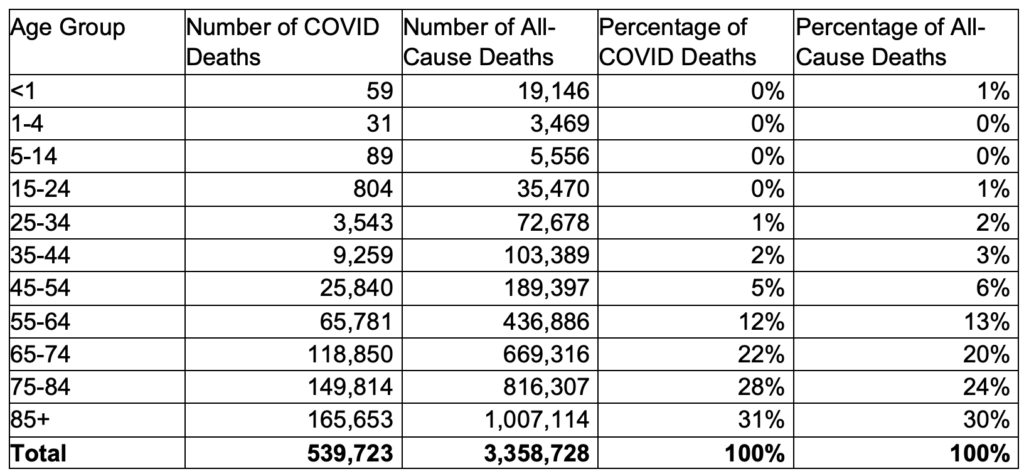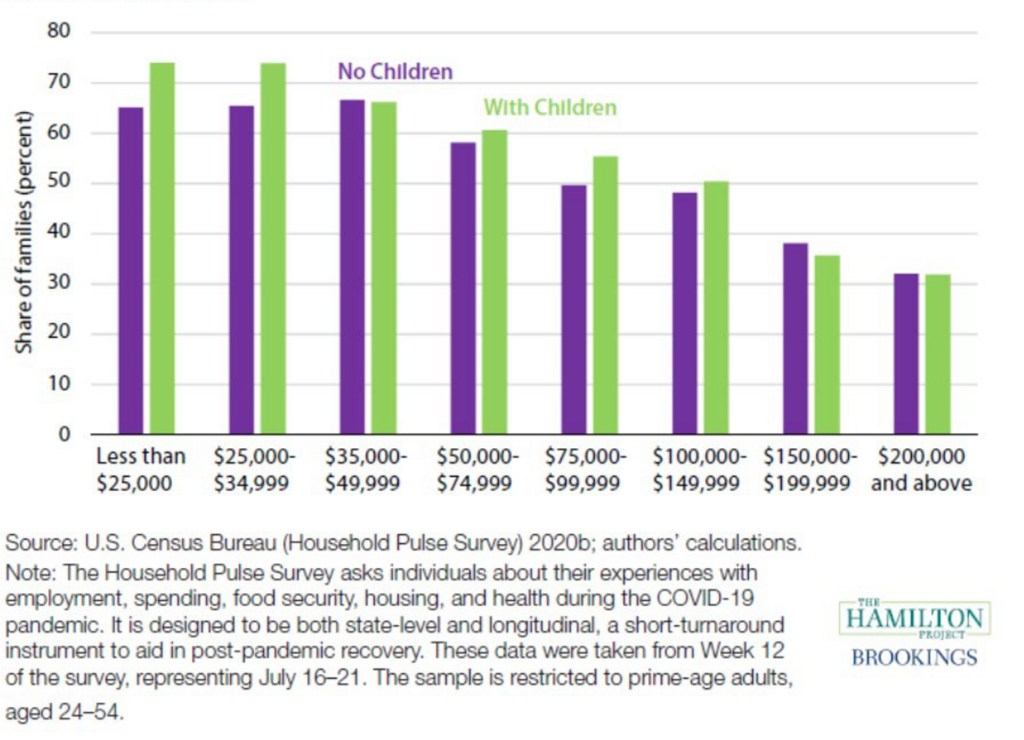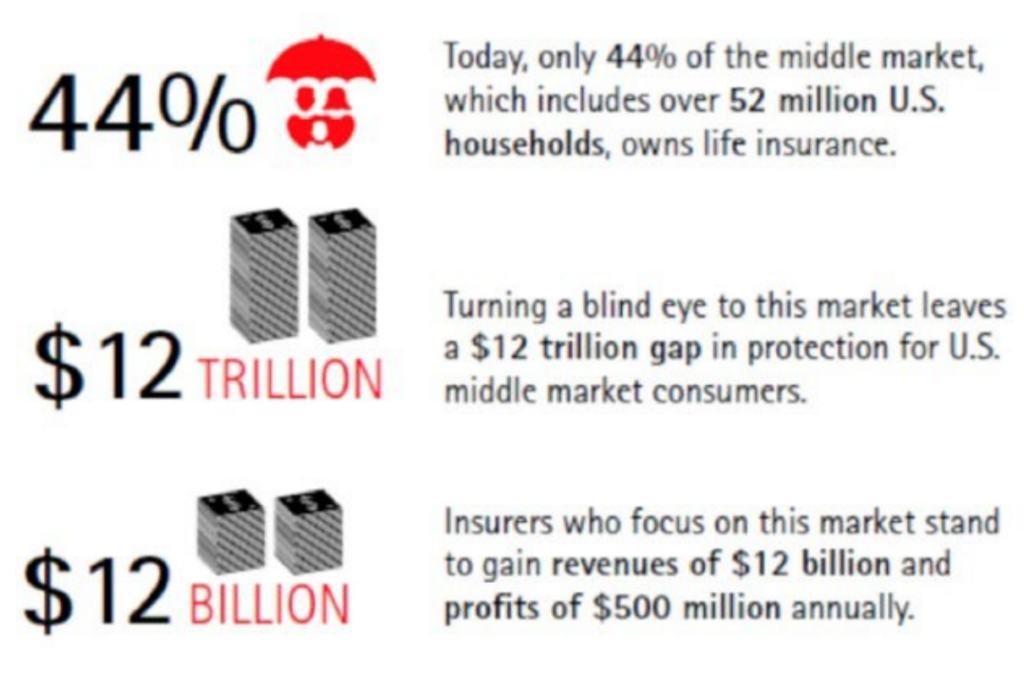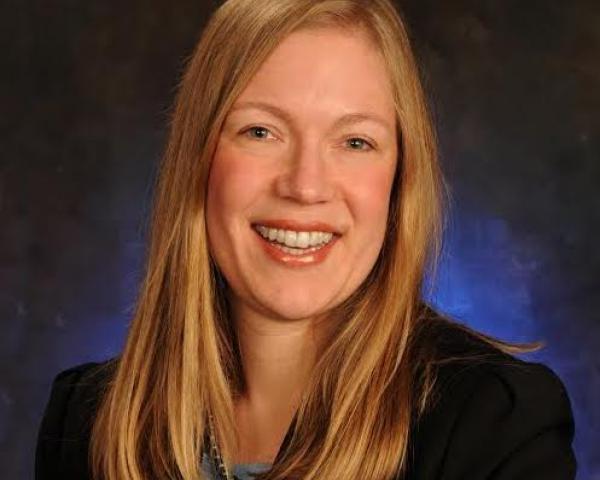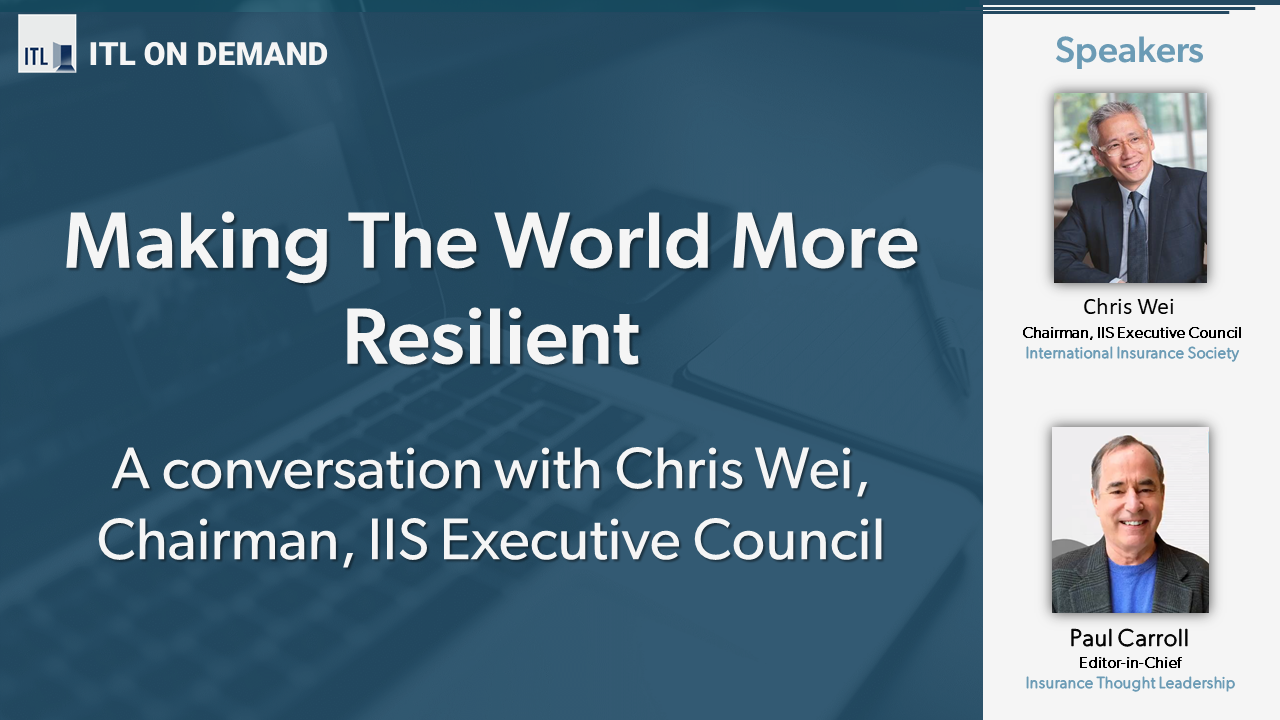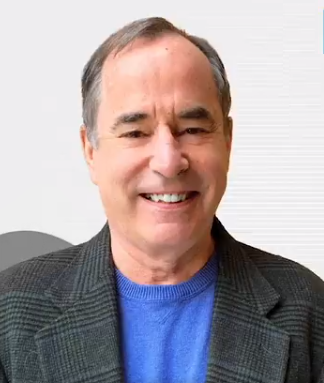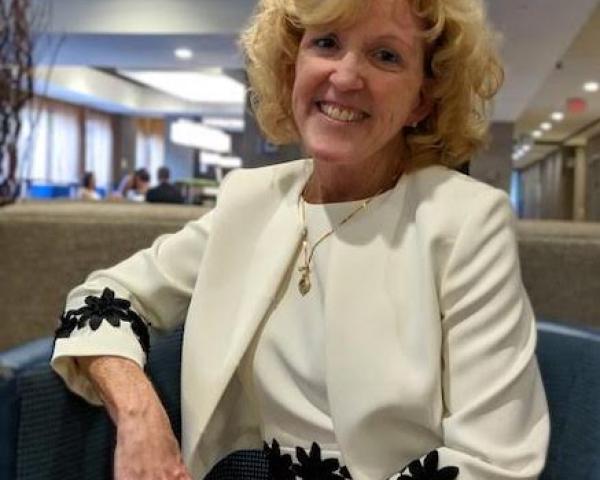Last week, we debuted our “Connected Insurance” webcast series with ““DISRUPTION: Technologies Transforming the Industry.” I had the pleasure of serving as host and moderator, and by all accounts the session was well received.
Our underlying theme for the session was how digital technologies, including AI, are transforming the insurance economy. More broadly, our expert panelists shared their perspectives on the state of digital transformation across the auto insurance ecosystem and views on the technologies poised to revolutionize how the process works near- and long-term.
Participants represented four key inter-dependent industry segments:
- Collision repairers/MSO (Matt Ebert, CEO, Crash Champions)
- Auto insurer claims management (Scott Kohl, AVP Claims, Kemper)
- OEM parts distribution (Dan Ducharme, senior manager, wholesale parts, VW America)
- Insurance economy platform provider (Marc Fredman, chief strategy officer, CCC Intelligent Solutions)
The premise of the session was this: A billion days elapse every year between when auto claims are opened and when claims are resolved. Consumers are losing patience with industries that don’t keep pace with modern experiences, and disruptors stand ready to deliver change.
Several important observations became apparent as the discussion unfolded:
- Technology has and will continue to transform how business is conducted in every segment; the rate of change is accelerating and presenting its own challenges, including shortages of skilled staff
- The new technologies having most impact across the entire ecosystem are telematics, auto photo inspection and computer vision, advanced driver-assist systems (ADAS) and electric vehicles (EVs)
- The companies in all four segments are focused on exactly the same outcome but are achieving it in different ways – they seek safe and proper repair of damaged vehicles, resulting in a positive customer experience and ultimately brand loyalty and retention
- The collision repair industry has changed most dramatically over the past decade, driven by consolidation financed by private equity investors
- Digitization of the thousands of steps involved in the auto claims process, and integration between segment participants, is enabling the customer experience associated with auto claims to begin to approach the “Amazon standard"
At the industry segment level, the following panelist comments struck me as particularly insightful and informative:
Collision Repairers/MSO
Matt Ebert noted that the new technologies are definitely making the “front end” of the auto claims process faster, but the offset for collision repairers is that the greater complexity of vehicles (e.g., ADAS) creates new challenges for repairers; even what used to be a simple bumper repair may now involve scanning and recalibration).
Matt also pointed out that repairers are affected by the large number of different repair requirements from carriers and OEMS and often find themselves “in the middle” of the dynamics that exist between some insurers and OEMs. On the subject of OEM certified repair networks, Matt said that, while his participation in these programs helps brings some incremental repair volume to his repair shops, particularly for higher-end vehicles, to him right now participation is more about credibility with insurers and consumers.
See also: Key to Transformation for Auto Claims
Auto Insurer Claims Management
Scott Kohl made the point that what was only recently thought of as innovative in auto claims is now table stakes and that planning cycles that used to be in the five-year range are now only two to three years. He added that there is a constant need to be ready to pivot quickly in response to events and market changes. He also stressed the importance and value of using AI to connect the supply chain for multiple use cases including automating accident management triage, parts ordering from real-time first notice of loss (FNOL) and total loss identification and resolution as that percentage continues to rise toward 25%.
OEM Parts Distribution
Dan Ducharme also referenced automated parts ordering using on-board vehicle telematics to pre-position parts inventory based on vehicle and damage detail and geo-location to reduce overall “keys to keys” time for customers. He also reinforced that auto makers are focused on keeping customers for life, which further emphasizes the importance of customer experience and satisfaction.
Insurance Economy Platform Provider
Marc Fredman pointed out that while some of us talk about emerging technologies and future auto repair process capabilities, a good deal of it is happening and available today; he indicated that CCC has 30,000 customers using their technology across all segments represented here. Marc also indicated that the building blocks for an Amazon-like experience exist today, as exemplified by the CCC Engage and CCC Car Wise solutions in use in approximately 25% of their shops for sharing photos and estimates between consumers, insurers and shops and enabling insurers and consumers to schedule repair appointments. He said that over 200 million shop calendar entries have already been made in this way. Marc also said that insurer adoption of digital solutions is significant, with some insurers managing 25% to 30% of assignments. Other examples of digital building blocks already in market include 50 million text messages that employ AI and enable insurers to better manage claims intake and provide text messages to consumers tracking repair status and “ready for pickup” notices.
The Amazon-like Auto Claim Experience
Having worked in the claims technology space for more than 35 years, I find it stunning to look back and realize all the improvements that technology has already enabled. It is even more exciting to realize how much more improvement can be expected and see the rate of that change accelerating. This change is driving collaboration and cooperation between key participants in this extensive supply chain to a level until now unimaginable.
The final pieces of technology required to achieve the long-elusive goal of delivering straight-through-processing of auto claims are now falling into place. A couple of prime examples include artificial intelligence and computer vision to assess damage and produce estimates from photos and digital claims payments speeding settlements to insureds, vendors and lenders.
A truly Amazon-like auto claim and repair process is finally at hand.





